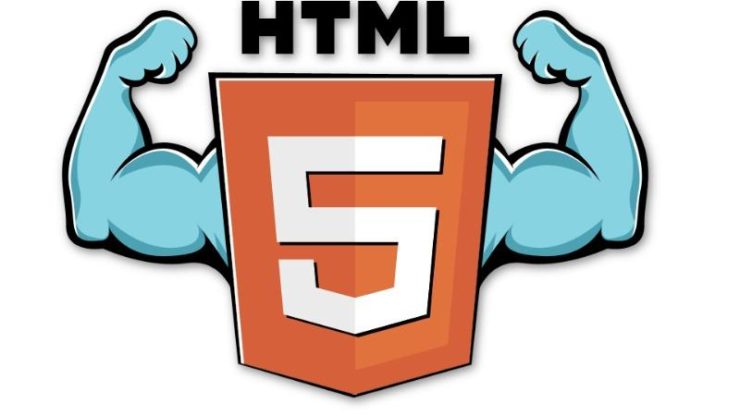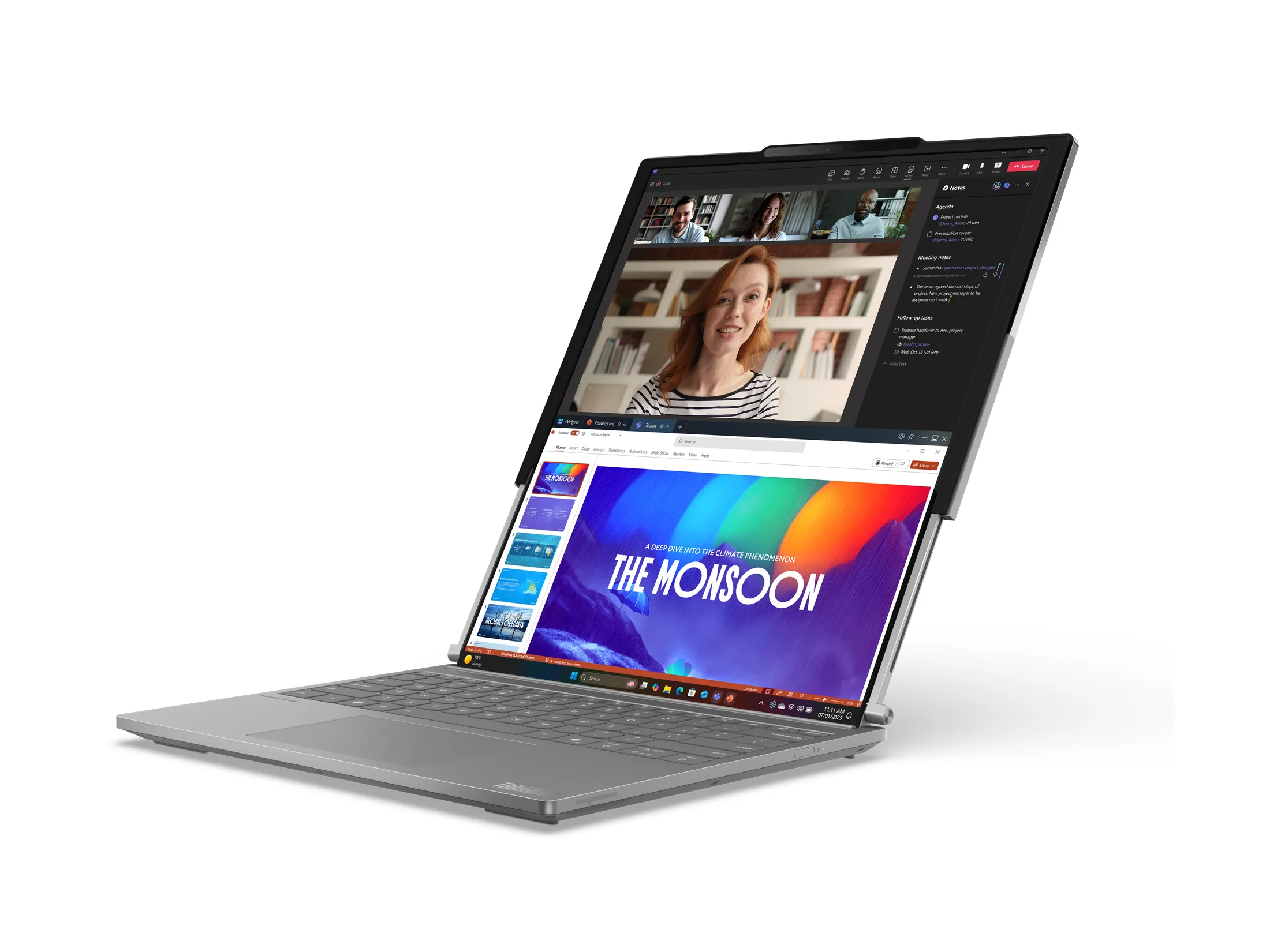
The following article is brought to you by enstitute.org. -Ed.
For a while now Flash has been decreasing in popularity of use. There are several reasons for this, not least the fact that it can be very labour intensive to use and is of course often susceptible to security issues. HTML5 has been around for a while now and presents a far better option when it comes to web development.
We are going to take a look at why HTML is being more widely used for online development. We are also going to look at Google’s plans for quarter four of 2016 which could hail the beginning of the end for Flash.
Why is HTML5 so popular with developers?
The simple fact is that HTML5 works far better, from a development point of view, than Flash. It enables web development which is compatible across different devices and which is relatively simple to achieve. Whereas native apps have previously been the preferred choice, it seems likely that many native apps will serve mainly as gateways to HTML5 created web apps in the future. The experience may not seem much different to the end user but it means that developers can harness the power of HTML5.
Is this the end for Flash?
Flash has already lost most of its popularity with Google and in quarter four of 2016 this is going to go one step further. At that point Google will start offering HTML5 as the default experience on all websites aside from the top 10 ranked sites that require Flash usage. As you can see, this is a big change as far as Flash is concerned. Visitors to websites will still be able to select the Flash experience but it will have to be chosen rather than being the default option.
If someone visits a website that requires Flash they will be prompted that this is the case and asked whether they want to allow Flash for that site. If they choose to allow Flash, Chrome will remember this the next time they visit that site. Google has always had a slightly uneasy relationship with Flash and this new development seems set to continue the demise of the relationship even further.
On the other hand, HTML5 is flourishing as on online development tool. It’s not difficult to see why. Aside from the obvious advantages it holds when it comes to the development of apps it is also advantageous in the development of online publications such as flipbooks. It’s a simple and quick process to just upload a pdf file to conversion software and create a glossy and professional looking flipbook that entices visitors to your website to read it.
You can read more about flip book html5 and the specific use of HTML5 in this area. This is just one of the ways in which HTML5 is working for improved online development. This seems set to continue, especially with the ongoing demise of Flash.










